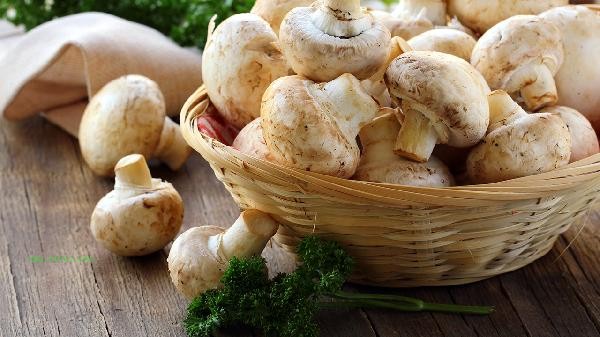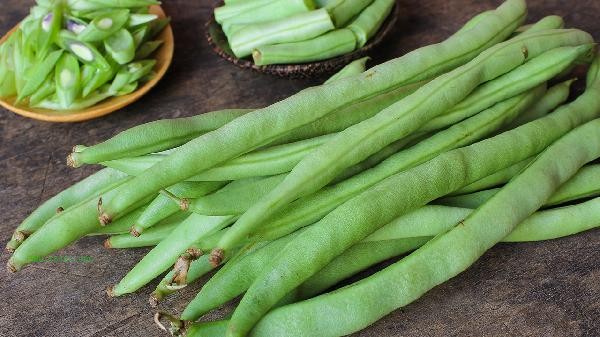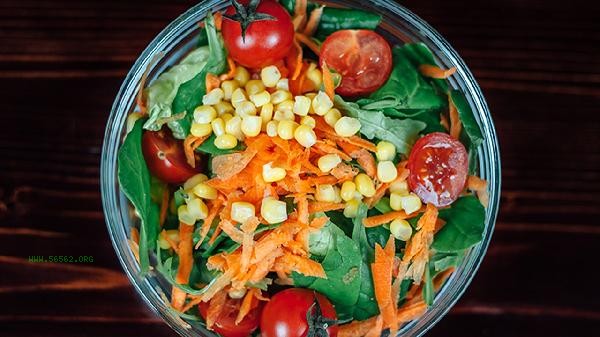There are three main classification methods for vegetables: botanical classification, edible organ classification, and agricultural biology classification. The botanical classification system is based on the classification of families, genera, and species. The edible organ classification system distinguishes edible parts such as roots, stems, leaves, flowers, and fruits. The agricultural biology classification system combines cultivation and edible characteristics for classification.

1. Botany Classification
Botany classification is systematically divided based on the family, genus, and species relationships of vegetables. For example, the Brassicaceae family includes broccoli, cabbage, etc., while the Solanaceae family includes tomatoes, eggplants, etc. This method can clearly reflect the genetic relationship between vegetables, which is helpful for studying pest control and breeding work. Vegetables from the same family often have similar nutritional characteristics, such as Umbelliferae vegetables that contain volatile aromatic compounds.
2. Classification of Edible Organs
According to the plant organs consumed by humans, they are divided into root vegetables, stem vegetables, leaf vegetables, flower vegetables, and fruit vegetables. Root vegetables such as carrots mainly consume swollen roots, stem vegetables such as celery consume tender stems, and leafy vegetables such as spinach consume leaves. This classification intuitively reflects the edible value of vegetables, making it easy for consumers to choose according to their cooking needs. Vegetables from different organs have differences in storage methods and nutrient distribution.

3. Agricultural Biology Classification
Based on cultivation and edible characteristics, vegetables are divided into 12 categories, including melons, beans, onions, and garlic. Melons include creeping crops such as cucumbers, legumes include legumes such as green beans, and onions and garlic refer to varieties with special odors such as chives and garlic. This classification is of great significance in guiding agricultural production, as similar vegetables share common characteristics in terms of cultivation season, water and fertilizer management, and harvesting methods.

It is recommended to alternate the use of vegetables from different classification systems in daily diet. Botany classification can help identify nutritional substitutes, edible organ classification can optimize cooking combinations, and agricultural biology classification can grasp seasonal ingredients. Root vegetables are suitable for stewing and preserving minerals, leafy vegetables can be quickly stir fried over high heat to reduce vitamin loss, and raw fruits and vegetables can obtain more active substances. Dark colored vegetables should account for more than half of the daily intake, and although bacteria and algae do not belong to the traditional vegetable category, they still need to be regularly supplemented.








Comments (0)
Leave a Comment
No comments yet
Be the first to share your thoughts!